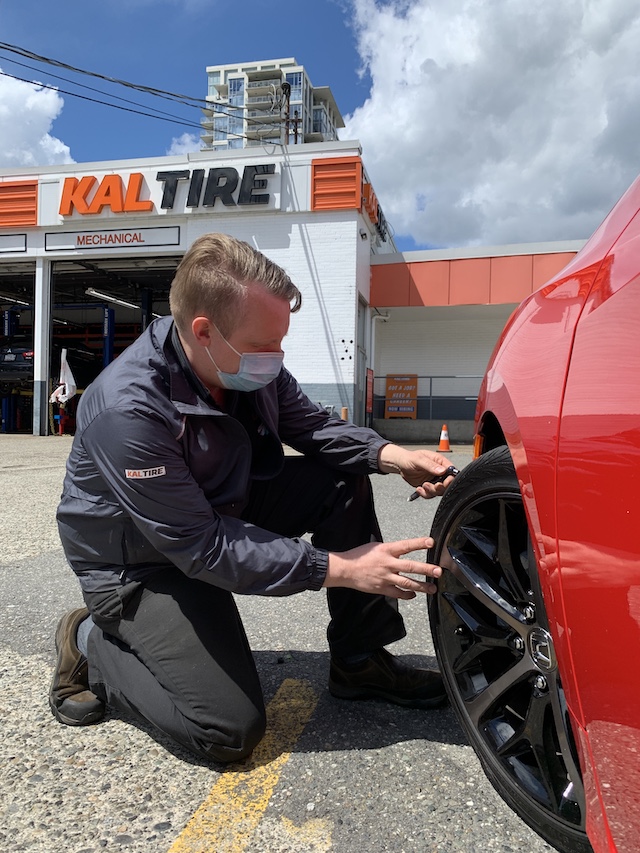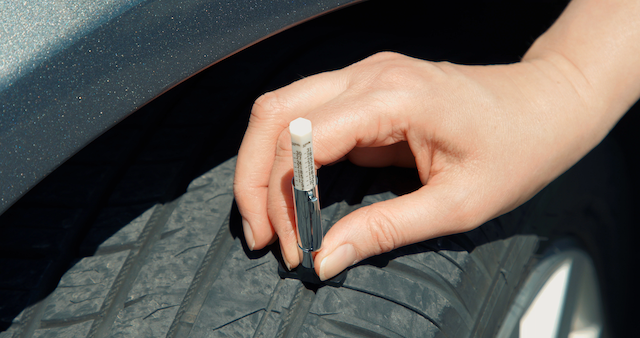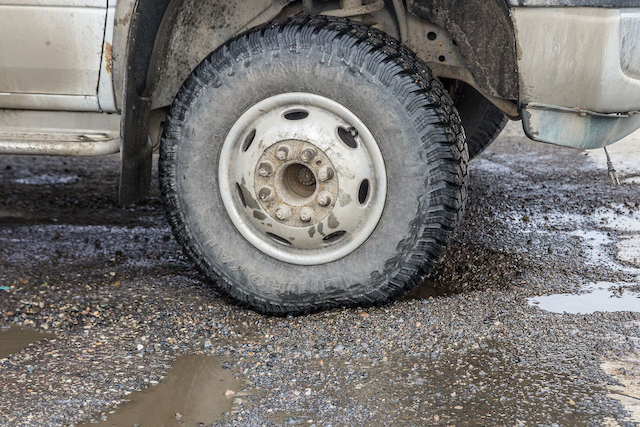Kal Tire’s Vehicle Maintenance Tips for Summer
With warmer weather and the potential for reduced COVID-19 restrictions on the horizon, many Canadian drivers will be looking to hit the open road and safely explore their regions. For many, that means getting back into a vehicle that’s been sitting idle save for short trips for essentials. I spent the afternoon sharing an Instagram Live with my followers, getting some super helpful vehicle maintenance tips for summer from Kal Tire.

Vehicle Maintenance Tips for Summer
“Now that drivers are likely going to be heading out on road trips again, we want to help ensure their vehicles are safe and highway ready,” says Mike Butcher, regional director for urban retail stores, Kal Tire. “When vehicles go long periods of not being driven or missing some of those seasonal inspection points—especially after winter—there’s a risk that critical components haven’t had the attention they need.”
A handful of simple preventative maintenance steps help improve the performance, lifespan and safety of a vehicle’s most important parts. To help drivers keep their tires and vehicle performing at their best, Kal Tire is sharing some spring maintenance steps and ‘How to’ resources:

Tire Wear and Pressure
At spring changeover, winter tires coming off or all-weather tires staying on, should be inspected for tread depth, inflation, cracking, sidewall bruising and unusual wear, which can be an indication of suspension problems caused by pothole. Properly inflated tires matter too! 50% of vehicles on the road in Canada have at least one tire that is over or under inflated by more than 10%. You can check them yourself or pop-by a local Kal Tire and they’ll check your tires and inflate them for free (personal use passenger & light truck vehicles only).
Brakes
A maintenance inspection can help uncover worn brake components so they can be replaced before costly damage occurs. Some signs for worn brakes include a soft brake pedal, vibrations, a squealing metal-on-metal sound, feeling a pull to the left or right, or hydraulic failure.
Alignment
Alignment problems caused by potholes can lead to unpleasant and potentially unsafe complications such as vibrations, poor steering and premature or irregular tread wear.
If you notice that your vehicle is ‘pulling’ to one side while driving, it’s usually an indication that your vehicle is misaligned. This can increase the cost of operating your vehicle because you will have to replace your tires more frequently and can also affect safety.

Suspension
When a vehicle drives over a pothole, the initial force on the tire is transferred to the components of the suspension system (springs, shock absorbers, linkages, etc). Repeated jolts caused by potholes accelerate wear and tear of your suspension, while decreasing its performance.
Batteries
For a vehicle battery to retain a sufficient charge, it needs to operate regularly. If a vehicle sits unused for extended periods, it may not be able to retain a sufficient charge to dependably power vehicle systems. It’s a good idea to get a vehicle’s battery tested if it seems sluggish when starting, or if other electrical issues are evident.
Wiper Blades
Wiper blades work hard in the winter, and the rubber is often worn by spring, just in time for frequent rain. More than 90 per cent of your driving decisions are based on what you see, so visibility is critical. If you notice streaking, splitting, skipping, scraping or squeaking, it’s time to replace your wiper blades.
Watch my Instagram Live with Barrie from Kal Tire in New Westminster for more vehicle maintenance tips for summer and follow Kal Tire on Facebook, Instagram and Twitter for #KalMaintenance, #TalkToKal!










